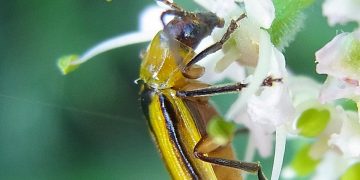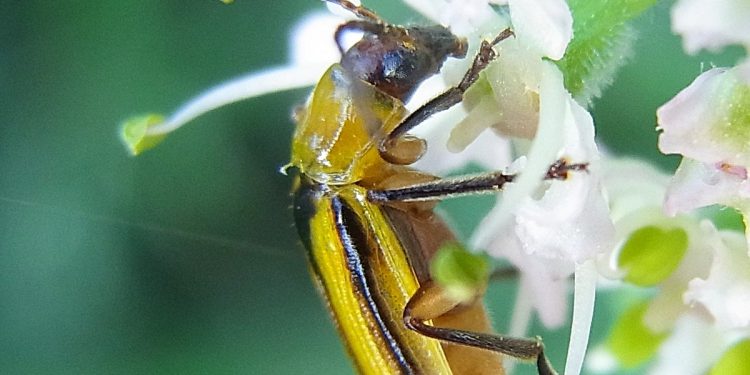Western corn rootworm, or WCR, is a major pest that attacks corn crops and causes significant yield losses for farmers. This article explores the causes of WCR infestations, the damages it causes, and the various control strategies available for farmers.
The Western corn rootworm, Diabrotica virgifera virgifera, is a major pest that attacks corn crops in North America. WCR larvae feed on the roots of the corn plants, leading to decreased nutrient uptake and reduced plant growth. According to the USDA, WCR infestations cause an estimated $1 billion in annual yield losses for farmers.
The widespread use of genetically modified Bt corn has been an effective control strategy for WCR infestations in recent years. However, the pests have developed resistance to some Bt corn varieties, leading to a need for new control strategies.
Integrated Pest Management (IPM) strategies, such as crop rotation, cover crops, and insecticides, can be effective in reducing WCR populations. In addition, planting non-Bt corn refuges can help reduce the selection pressure on WCR populations, thereby slowing the development of resistance.
Overall, the effective management of WCR infestations requires a combination of approaches tailored to the specific conditions of the farm. By implementing a variety of control strategies, farmers can minimize the damages caused by WCR and maintain high yields.
Tags: #WesternCornRootworm #WCR #CornPest #CropProtection #IntegratedPestManagement #IPM #Farmers #Agronomists #AgriculturalEngineers #CropRotation #Insecticides #BtCorn #Refuges #CoverCrops


































